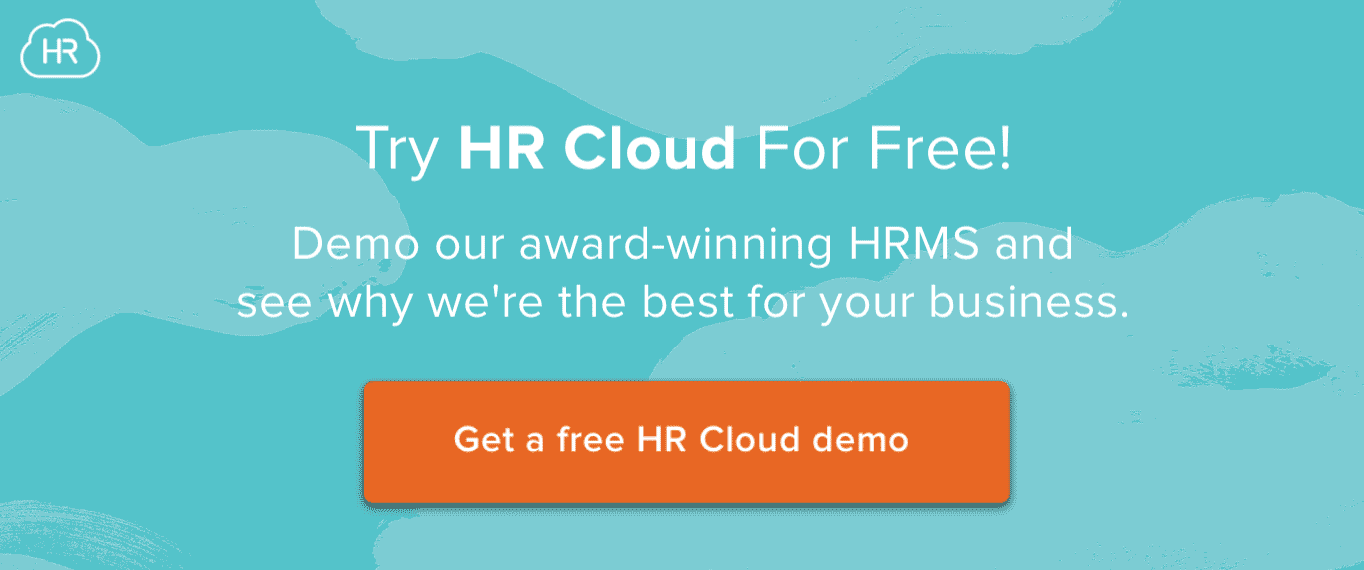Let Us Help You Engage Your Employees!
Onboard New Hires Safely, Efficiently, and Effectively.
Are You Interested in Improving Your HR Organization?
With so many transactional activities to keep HR busy, it can be difficult to know if we are actually having an impact on the business. Transactional activities alone do not add value unless they are integrated into organizational goals. Whatever we as HR professionals spend time on, whether recruiting efforts, customer service, or product innovation, it must demonstrate value.
Process and Paperwork
It’s got to be done, right? No doubt about it, there is always process to follow and forms to keep track of, enter, and file. If it doesn’t happen, employees don’t get paid, or they lose benefits.
However, focusing on what HR does instead of what HR delivers can hinder the overall ability to provide value to stakeholders. It is not HR that decides what people want or need; it is the receiver that decides the value.
According to research from Harvard Business School, “Value in this light is defined by the receiver more than the giver. HR professionals add value when their work helps someone reach their goals. It is not the design of a program or declaration of policy that matters most, but what recipients gain from these actions. In a world of increasingly scarce resources, activities that fail to add value are not worth pursuing. The HR value proposition means that HR practices, departments, and professionals produce positive outcomes for key stakeholders, employees, line managers, customers, and investors.”
What does this mean to HR? Consider your flexible work policy, for example. If you have one, it may have been written many years ago when technology wasn’t as accommodating to telecommuting as it is now. Today, in most industries, employees can work from anywhere at any time. But, if your policy still restricts telecommuting or has stringent “clock in and clock out” mandates, it’s time to re-evaluate.
Your current policy may no longer be providing the value that it once did, ensuring that employees were onsite to meet customer and product demand. As business has changed, so should your policy. If policies are not updated, they lose the value they once provided and actually begin to inhibit growth and innovation. If the HR added value is lost, lose the policy.
Competitive Advantage
Having the best swag and booth space at a career fair appears to be competitive. The initial reaction is that placement and materials keep your organization in line of sight with potential candidates and helps strengthen your recruiting pipeline. But is that true? Does this effort alone create value? Does having the best booth create competitive advantage?
Competitive advantage is something that differentiates your organization from the next. Whether it’s through brand visibility, campus recruiting strategy, or training initiatives, the way you create value is how you increase your ability to compete on a higher level. Are you offering the newest employee engagement software and employee rewards system? How up-to-date is your onboarding system? Take everything into consideration when thinking about how you stand up to competition.
Harvard Business School research defines it this way, “Competitive advantage exists when a firm is able to do something unique that competitors cannot easily copy. And what it does better than its competitors must be highly valued by its customers, owners, employees, or managers. Let’s use Nike as an example. From product creation to the marketing used to influence customers, each team within the Nike organization aligns their performance goals to the business goals. HR should do the same… if HR is to create competitive advantage, it must create substantial value with similarly concrete results…by creating human abilities and organizational capabilities that are substantially better than those of the firm's competitors…”
Value Creation
Often times, HR is tasked with creating programs that will help the organization. From training and mentoring to healthcare events, these programs can provide great benefit to employees. But sometimes, we get caught up in doing what we think employees want, without actually knowing what they want. As we discussed earlier, HR added value is defined by the receiver. So, to help you determine how best to add value, consider the following questions (provided by Dave Ulrich and Wayne Brockbank)
• What are the organizational capabilities that my company must have to create products and services that result in our customers' taking money out of their wallets and putting it into ours instead of giving it to our competitors?
• What employee abilities do our people need so that they can understand and respond to short-term and long-term market demands?
• How do we invest in HR practices that deliver business results?
• How do we organize HR activities to deliver maximum value?
• How do we create an HR strategy that sets an agenda for how HR will help our company succeed?
• How do we ensure that HR professionals will know what to do and have the skills to do it?
Understanding the business needs will help you align HR goals appropriately and assess where time should be spent, to impart the most value to your stakeholders.
Keep Reading
Workforce Management through Tech-Based Tools: Streamlining Construction and Roofing Operations
As industries evolve, adopting innovative approaches to workforce management is essential
Skills vs Abilities in the Workplace
Modern-day workplaces are facing many challenges that were not foreseeable a few years







